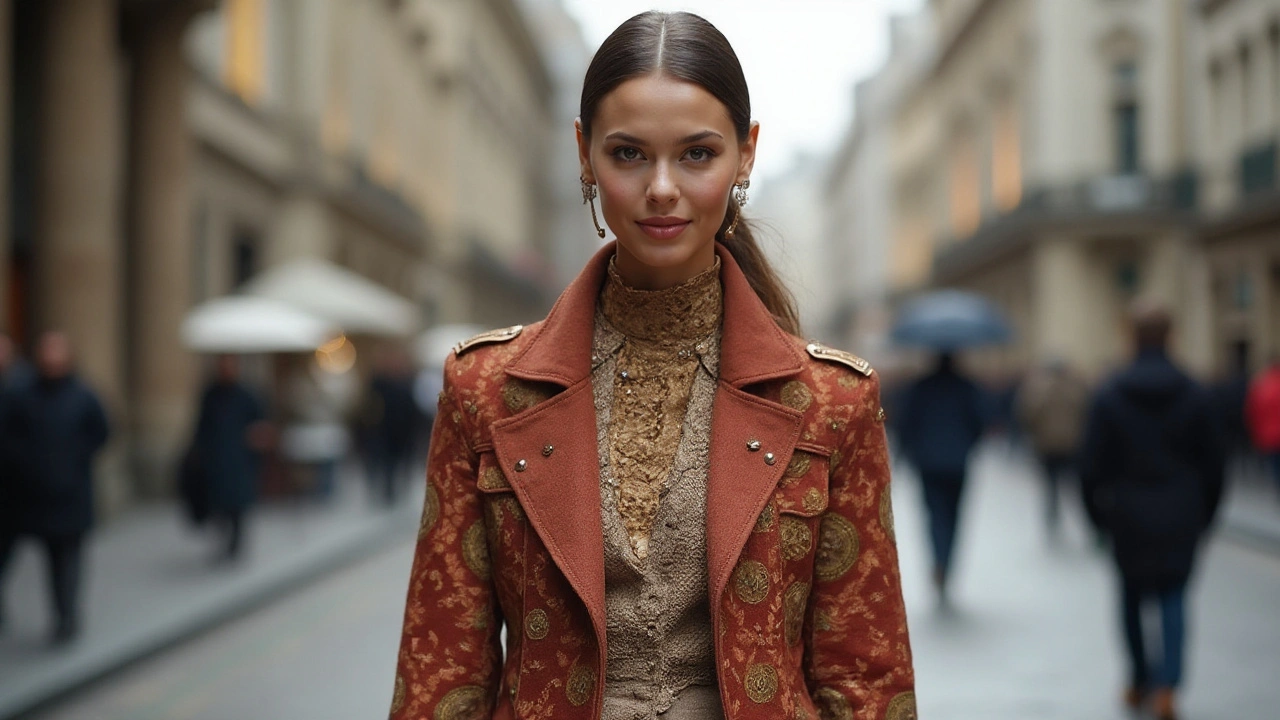Fashion History: Your Quick Guide to Eras, Shapes, and Social Change
Fashion history tells stories about people, power, and daily life. Clothes change when cities grow, trade brings new fabrics, or new ideas sweep through art and architecture. Want to read a society by its clothes? You can — once you know what to look for.
Timeline of key eras and what to notice
Renaissance: Look for rich fabrics, fitted bodices, and layered garments. Wealth showed in embroidery and silk. Architects of the time used classical forms; fashion echoed that love of proportion and ornament.
Baroque and Rococo: Big shapes, dramatic decoration, and playful details. Think large skirts, ornate trims, and powdered wigs. These styles matched the theatrical interiors and grand staircases of Baroque buildings.
Georgian to Victorian: Tailored coats for men, tight waists for women, then huge crinolines and bustle shapes. Industrial weaving and new dyes made variety affordable; urban life pushed formal dress codes.
Art Nouveau and early 20th century: Flowing lines, nature motifs, and softer silhouettes. Designers wanted art in every object, just like Art Nouveau architects and artists who blurred the line between structure and decoration.
1920s–1950s: Flapper freedom, tailored suits, wartime utility, then Dior’s “New Look” with nipped waists and full skirts. These decades show how politics and economics reshape what people wear.
1960s–90s: Youth culture, street style, minimalism, and experimental materials. Minimalist fashion shares values with modernist architecture—clean lines and less ornament.
How to spot historical influences in modern style
Look at silhouette first. Is the waist high or low? Are shoulders broad or soft? Those cues tell you what era inspired a piece. Fabrics and trims come next: lace, brocade, and hand-stitched details point to older methods; neoprene and technical fabrics point to recent trends.
Compare buildings and wardrobes. A city with many Gothic Revival churches often saw similar romantic styles in textiles and jewelry. Art movements influence both how buildings look and how clothes are cut. If you enjoy architecture, you’ll spot fashion echoes easily.
Practical tips: start with one era. Add a single historical piece to a modern outfit—think a brooch, a tailored waistcoat, or a structured coat. Visit museum costume collections or small exhibitions; they show real construction and wear, not just staged photos. Read captions closely; museums explain why a garment mattered.
Want reliable resources? Museum catalogs, focused books on costume history, and themed shows work best. Online, look for high-quality images and curator notes rather than random blogs.
Fashion history connects to everyday life. It explains why certain shapes return, why some fabrics fall out of favor, and how style follows bigger cultural shifts. Notice the details, and you’ll start reading time like a pro.

Renaissance Fashion Inspirations in Modern Style
The Renaissance, a period rich in creativity and innovation, continues to influence today’s fashion with its unique blend of opulent textures and structured designs. This article delves into how elements from this transformative era manifest in modern clothing, accessories, and fashion trends. Readers will discover the timeless appeal of Renaissance patterns and accessories while learning how to incorporate these influences into contemporary wardrobes with flair. The article provides insights into the periodic features that have resurfaced in recent collections on global runways.
Read more